St. Stephen’s Cathedral: The Heart of Vienna
View from The Top (Photo from Pixabay)
While the majestic Schonbrunn Schloss has become the most famous landmark Vienna in the eyes of the outside world, Viennese still consider one familiar structure situated in the very center of the city, to be the Austrian capital’s heart and soul, dating back to the 12th century.
The impressive Stephanskirche or St. Stephen’s Cathedral in Stephanplatz remains, to this day, the very heart of Vienna.
A stunning Gothic cathedral that dominates Vienna’s skyline, St. Stephen’s Cathedral has been the national symbol of Vienna ever since its construction in 1147 AD. It bore witness to the growth of Vienna as a city, and as the seat of the Habsburg empire for centuries, until it suffered sever damage during the Turkish siege in the 17th century.
Stephanskirche also fell victim to heavy fighting the second world war, with its roof as the main casualty. Citizens of Vienna rallied to repair the church, donating tiles, leading to its eventual re-opening in 1948. It is said that each Viennese citizen owns a symbolic tile of the church,as tribute to the love and devotion shown by the city and its people to the church.
In between, St. Stephen’s Cathedral went through several reconstruction and transformation including its redesign from Romanesque to Gothic in the 14th century, as ordered by Duke Rudolph IV of Habsburg. It also bore witness to other events including the funeral of music virtuoso Mozart.
The church is well known throughout the world by its diamond patterned roof and its tall, lean southern tower fondly called “Steffie”, which made it one of the tallest structures in Europe. The treasures inside the church also make it one of the most important places in history.
Within its catacomb lies the tomb of Prince Eugene of Savoy (1754), the Altarpiece of Wiener Neustadt, the pulpit by Anton Pilgram (1514-15), the sepulcher of Emperor Frederik III by Niclas Gerhaert (1467-1513), the watchman`s lookout, a self portrait of the sculptor, and the Gothic winged altar.
I visited the church this spring and it was indeed one of the most stunning architectural wonders I have seen. The roof is just so pretty that you can’t help but admire it.
No matter the time of day, tourists from within Austria and beyond, troop to the church to marvel at its fantastic design, and wander inside to see its altars and naves.
Its bluish altar also makes it one of the most unique churches I have ever visited.
I spent more than an hour inside the church, alternately praying and marveling at its gorgeous interiors. In that short timespan, I immediately realized why this church is so special to the Viennese. It is simply a jewel, in a city that is already one of the prettiest in the world.


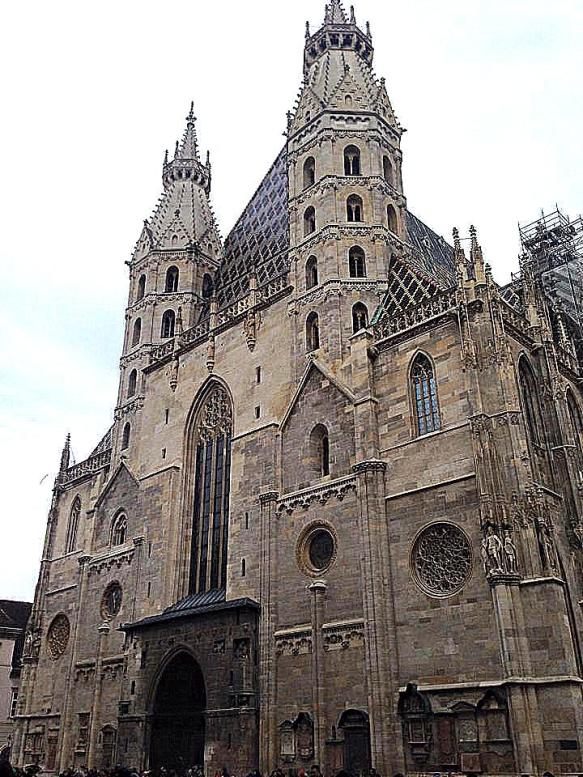
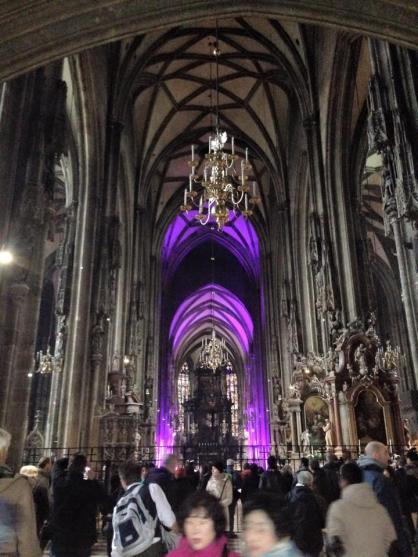
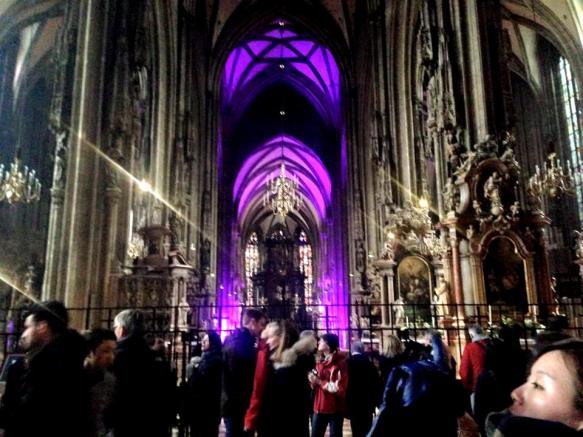
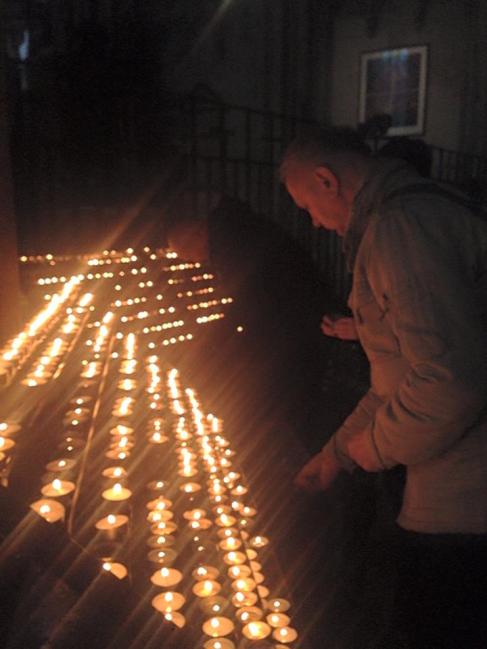
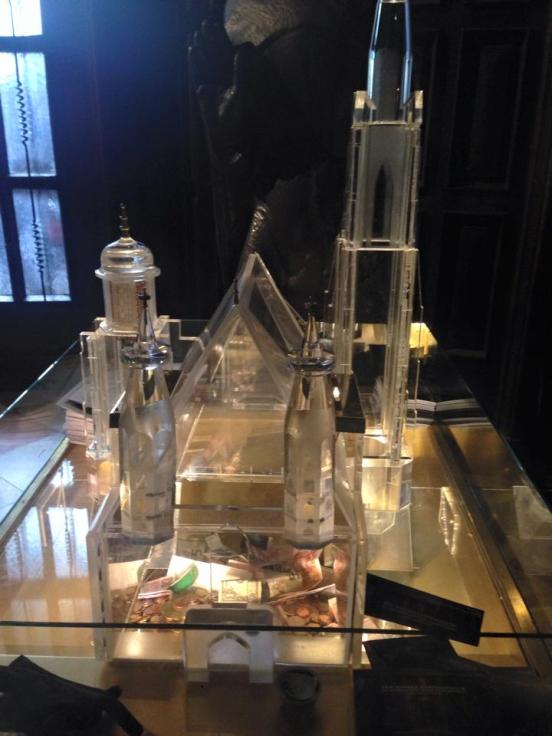
















0 comments:
Post a Comment